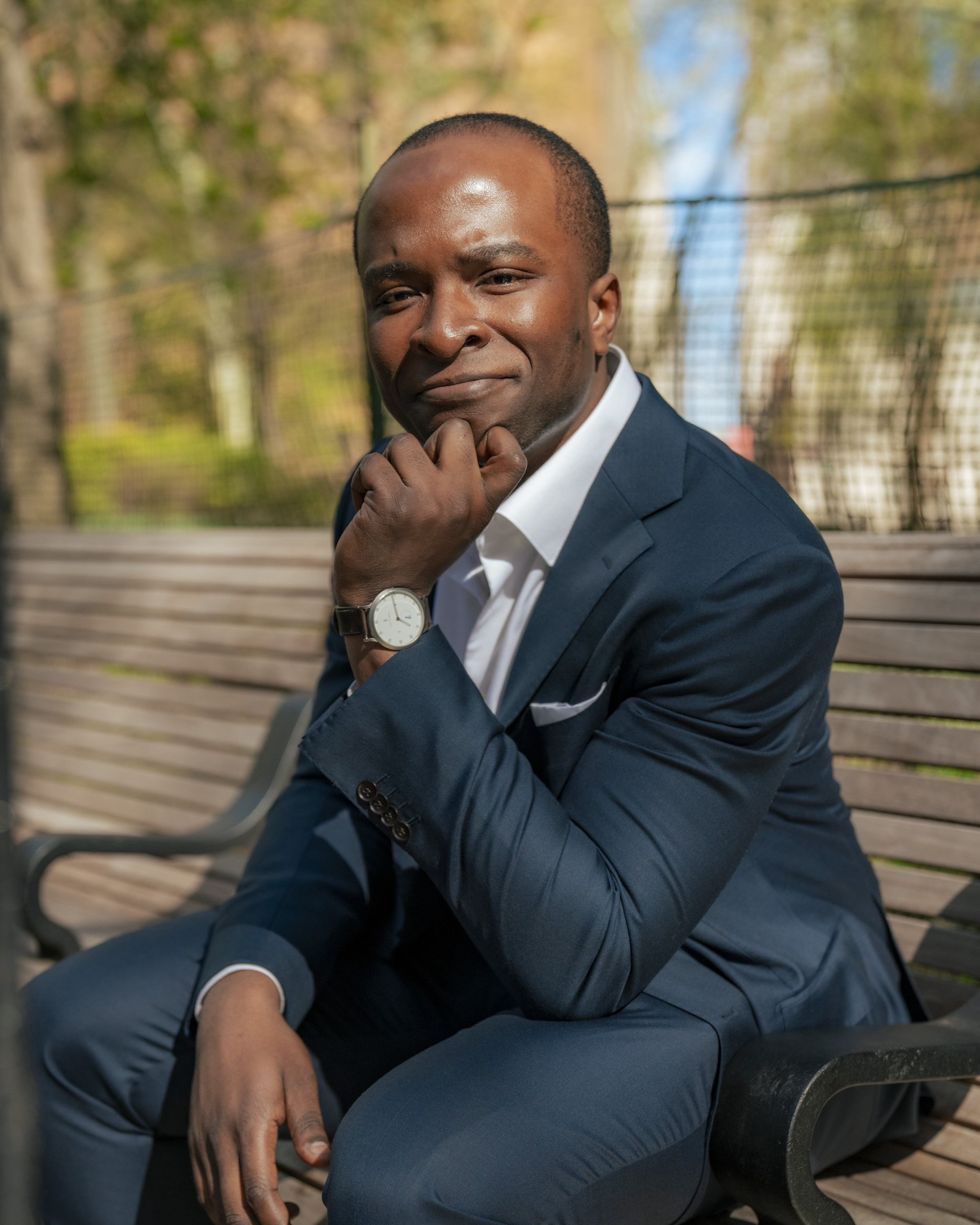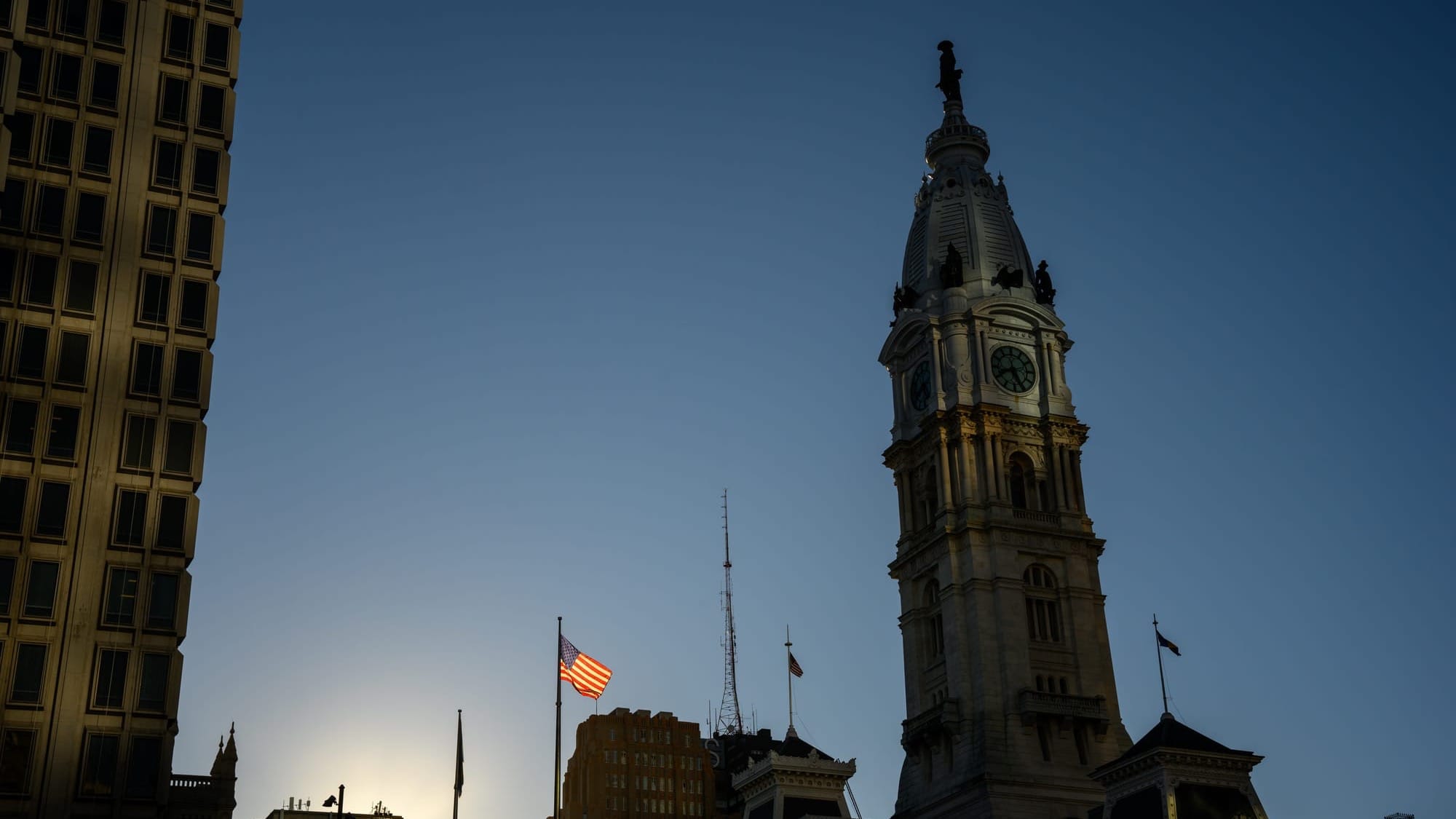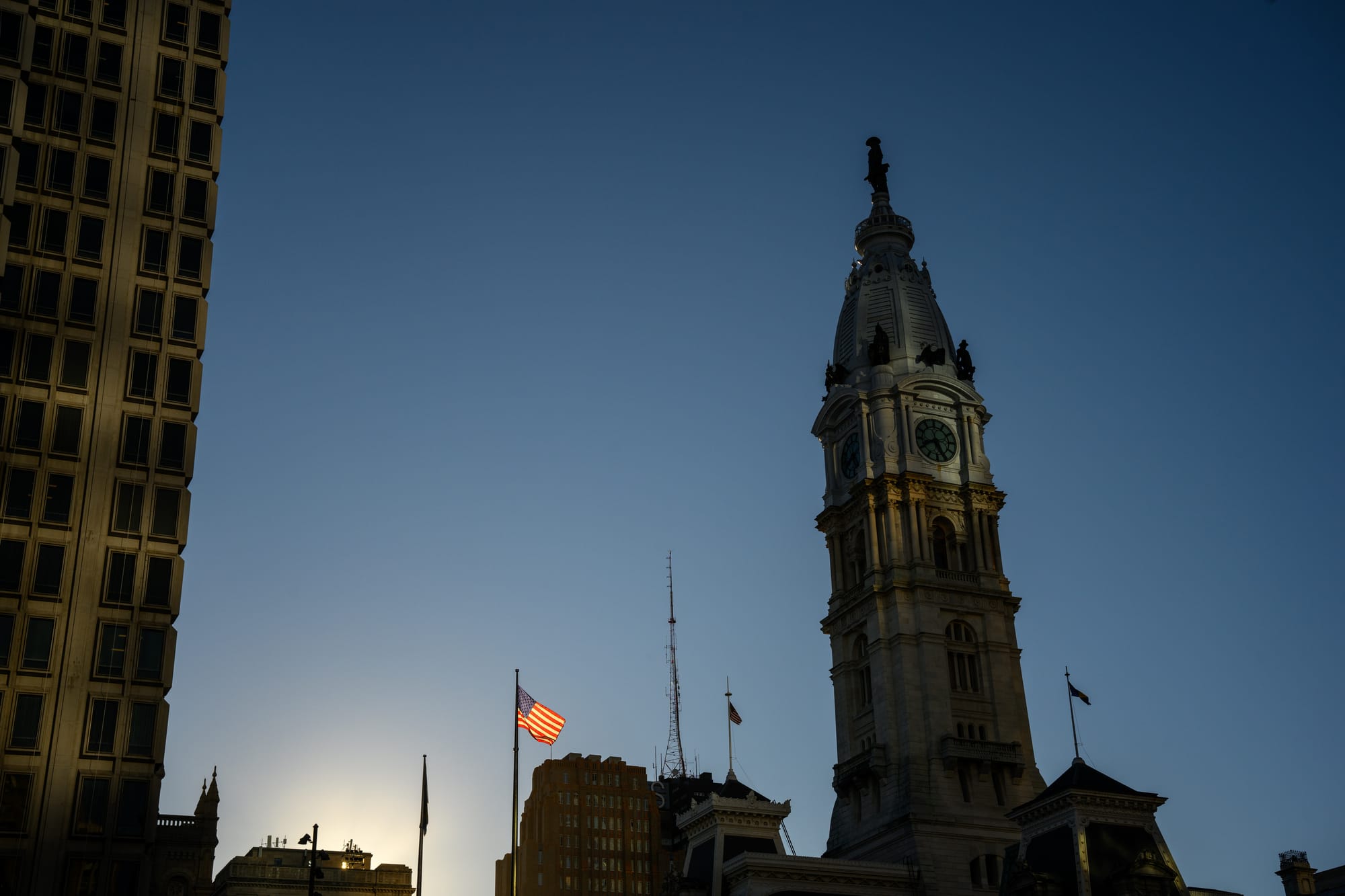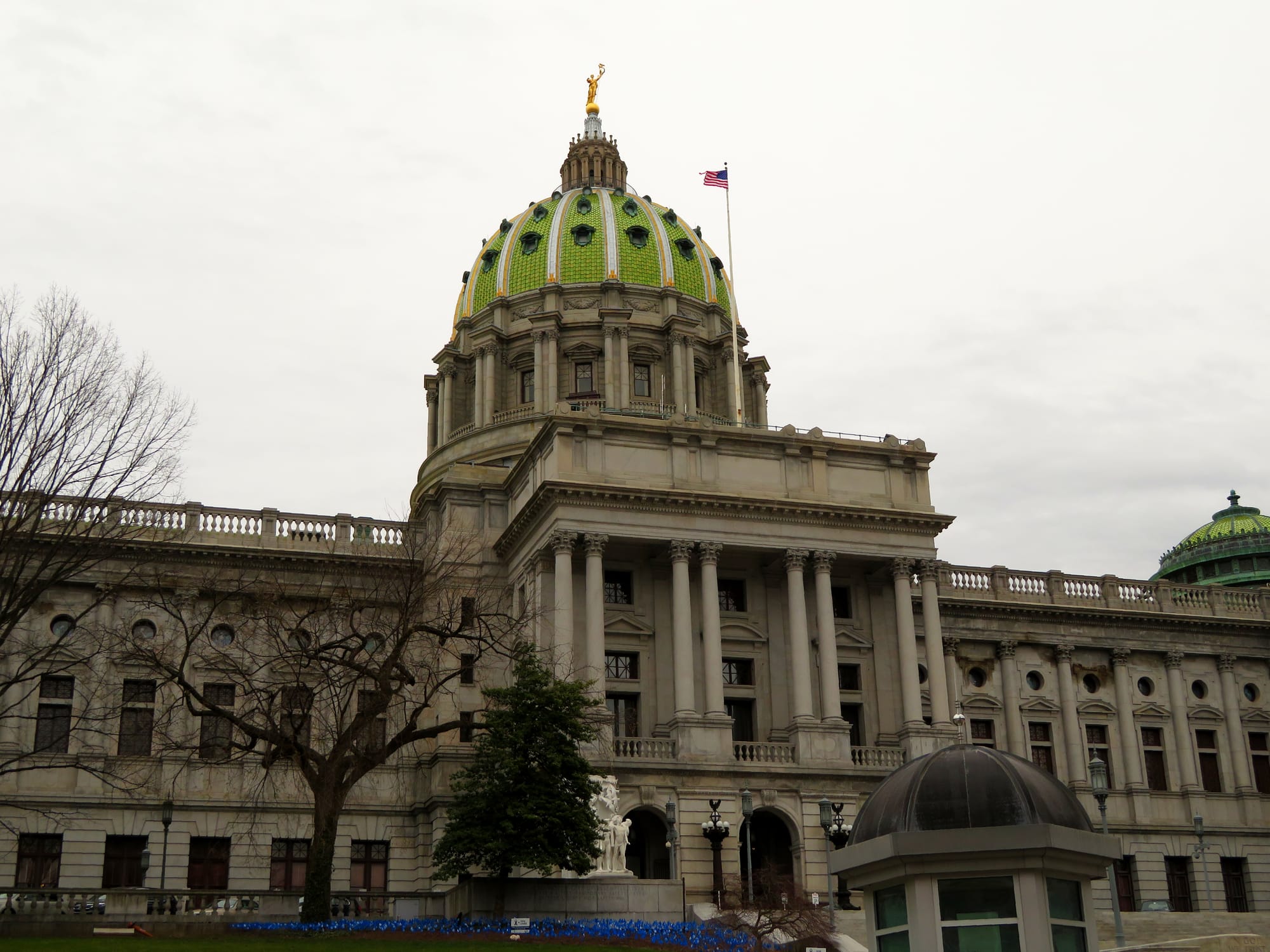When Local Reform Isn’t Enough on Guns
On Memorial Day, Fairmount Park should have been a quiet refuge. Instead, it became a crime scene.
On Memorial Day, Fairmount Park should have been a quiet refuge. Instead, it became a crime scene. Two people were killed and nine injured in a burst of automatic gunfire. One of the weapons used had been illegally modified with a “switch” , a thumbnail-sized device that converts a handgun into a fully automatic weapon. The shooter unleashed more than 30 rounds in seconds.
That’s not just a tragedy. It’s a warning. These devices, which cost as little as $30 online, are flooding cities like Philadelphia. Police have already recovered 57 switch-modified guns in 2025 alone. That number will rise. But the larger problem isn’t just the availability of these weapons, it’s how far behind our policy architecture has fallen in responding to them.
In moments like this, the debate often defaults to old binaries: tough-on-crime versus reform. But that framing obscures the fact that cities like Philadelphia are doing some of the most innovative public safety work in the country. What they lack isn’t courage. It’s capacity.
Philadelphia’s homicide rate has dropped by 37% compared to this time last year. That’s not a statistical blip, it’s the result of layered interventions targeting the specific drivers of violence. The city’s Group Violence Intervention (GVI) program, modeled on decades of research, uses a focused deterrence strategy: identify individuals most at risk of being involved in gun violence, deliver a clear message that shootings must stop, and offer them support—housing, job training, behavioral health care—backed by credible messengers from the community. The underlying theory is simple: violence is concentrated, so interventions should be too.
But effective deterrence also depends on legitimacy. That’s where the work of District Attorney Larry Krasner fits in. His office prioritizes serious violence, particularly homicides and gun crimes, while de-emphasizing the prosecution of low-level, non-violent offenses that clog the courts without improving safety. That resource reallocation enables more robust handling of complex cases: illegal gun trafficking, witness intimidation, repeat violent actors. The early returns are promising, and they mirror data from other jurisdictions: when prosecution focuses on the most serious crimes, crime tends to fall.
Still, there’s only so much a local DA can do. Krasner can’t pass a statewide Child Access Prevention law. He can’t ban switches. He can’t fund neighborhood-based mental health infrastructure or regulate 3D-printed gun components. And he certainly can’t fix the interstate firearms pipeline that feeds illegal weapons into Pennsylvania from states with looser gun laws.
This is the essential problem: cities bear the brunt of the violence, but control only fragments of the policy levers that shape it. What’s needed is vertical integration of public safety strategy, city, state, and federal policies working in concert.
Take gun tracing. While Philadelphia participates in the ATF’s eTrace program, which helps law enforcement identify the origin of recovered firearms, the system is still slow and limited by gaps in data reporting. A national ballistic data network, like the long-proposed expansion of the National Integrated Ballistic Information Network (NIBIN), could significantly enhance our ability to trace crime guns and identify trafficking routes. But Congress hasn’t funded it at scale.
Then there’s enforcement. The National Firearms Act already prohibits automatic weapons, and switches are technically illegal. But the ATF lacks the bandwidth to make prosecution of these violations routine. In 2022, the ATF reported just 117 cases involving conversion devices nationwide. That’s not because the problem is rare, it’s because enforcement capacity is thin and prosecutorial priorities are scattershot.
At the state level, Pennsylvania lacks a Child Access Prevention law, despite robust evidence that such laws reduce unintentional shootings and suicides among minors. Safe storage campaigns—backed by mandates, tax credits for gun safes, or liability laws—are low-cost, high-yield interventions. Yet they remain politically radioactive in Harrisburg, where even modest firearm regulation meets coordinated resistance.
Meanwhile, community organizations like YEAH Philly continue to do frontline work, providing trauma care, youth development, and crisis intervention in neighborhoods with the highest rates of violence. But they operate in a funding ecosystem designed for temporary pilots, not permanent systems. The result is that we ask them to perform miracles with miniature budgets, while core public investments, mental health care, addiction treatment, housing stability—remain chronically underfunded.
We don’t lack ideas. We lack scaffolding. Public safety is not an on/off switch. It’s an ecosystem. If we want to reduce gun violence in cities, we need to stop expecting any single institution—police departments, DAs, community groups—to do it alone.
The Memorial Day shooting made national news because of the horror of it: a switch-enabled weapon, families running for cover. But the deeper story is one of strain, on systems, on politics, on trust.
Cities like Philadelphia are proving that violence is preventable. But that proof comes with a challenge: will higher levels of government finally align around a real safety strategy, or will they continue outsourcing the crisis to communities with the fewest tools to solve it?





